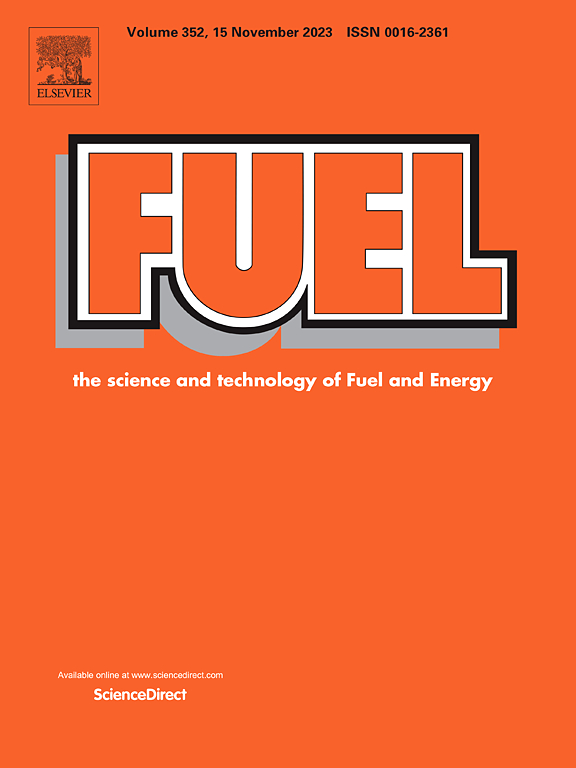Comparative analysis and optimization of performance of air-breathing and conventional PEM fuel cells
IF 6.7
1区 工程技术
Q2 ENERGY & FUELS
引用次数: 0
Abstract
Polymer electrolyte membrane fuel cells (PEMFCs) are a critical part of the energy transition as they can be sustainably powered by hydrogen fuel. They have gained significant attention recently due to their compact design and simplified system, which makes them ideal for portable applications. This paper presents a first-of-its-kind comparative study of air-breathing and conventional PEMFCs, conducted using a combined approach of numerical modelling and Taguchi analysis. A comprehensive multiphysics one-dimensional model was developed for each type of fuel cell. The results show that the conventional fuel cell outperforms the air-breathing fuel cell, especially at high current densities. This is due to its significantly higher mass and heat transfer coefficients on the cathode side of the conventional fuel cell, which also enhances its heat dissipation. Taguchi analysis ranked specific design parameters by their impact on fuel cell performance, identifying cathode GDL thickness as the most influential. The results of the parametric study using numerical models confirm this ranking and the significance of the factors proposed by Taguchi analysis. Interestingly, the performance of air-breathing PEMFCs is more sensitive to cathode GDL porosity compared to conventional PEMFCs. This increased sensitivity is primarily due to higher diffusion limitations and a lower oxygen mass transport coefficient in air-breathing PEMFCs.

求助全文
约1分钟内获得全文
求助全文
来源期刊

Fuel
工程技术-工程:化工
CiteScore
12.80
自引率
20.30%
发文量
3506
审稿时长
64 days
期刊介绍:
The exploration of energy sources remains a critical matter of study. For the past nine decades, fuel has consistently held the forefront in primary research efforts within the field of energy science. This area of investigation encompasses a wide range of subjects, with a particular emphasis on emerging concerns like environmental factors and pollution.
 求助内容:
求助内容: 应助结果提醒方式:
应助结果提醒方式:


